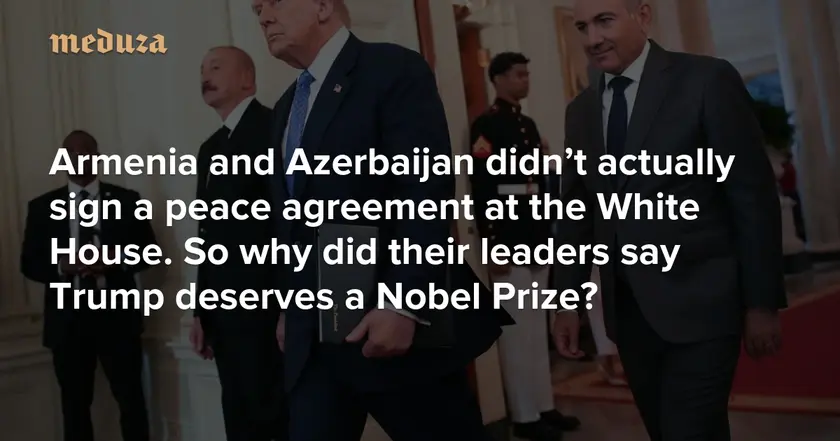T4K3.news
Armenia Azerbaijan peace deal advances
A peace agreement linking Armenia and Azerbaijan progresses with a new regional transport route and US development rights.
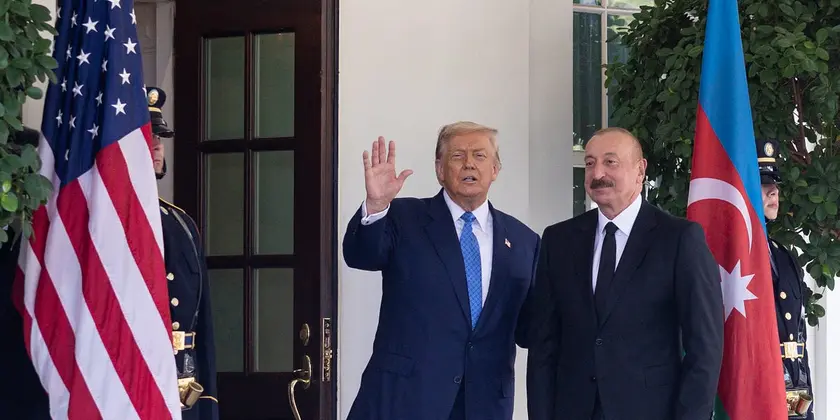
A long road of diplomacy yields a landmark deal between Armenia and Azerbaijan, even as critics question who truly deserves credit.
Diplomatic Patience and Luck Shape Armenia Azerbaijan Peace Deal
President Trump hosted Armenian leader Nikol Pashinyan and Azerbaijani president Ilham Aliyev at the White House and announced a peace agreement. The deal centers on a 27 mile transit corridor linking Azerbaijan to its Nakhichevan exclave via Armenia's border with Iran. It also gives the United States exclusive development rights for 99 years to rail, energy and digital connections, and signals Washington's intent to move beyond Minsk Group mediation as Moscow's influence wanes. The broader regional context shows Moscow distracted by Ukraine, Iran weakened, and Turkey positioned to benefit from new east west trade routes.
Yet the agreement does not erase decades of mistrust. Critics point to unresolved displacement in Nagorno-Karabakh and the fate of prisoners of war. The handshake is not the same as a finished contract; the real work begins with writing the agreements and delivering on economic promises. The claim of personal credit by Trump is disputed by the record of bipartisan diplomacy spanning administrations. The deal nevertheless reframes regional competition and highlights how a mix of sustained engagement and evolving power dynamics can produce breakthroughs.
Key Takeaways
"The United States has had remarkably little influence, but a great deal of luck."
US role described in analysis
"Tomorrow is the handshake in writing the check, and we still have to ink the contract and cash the check."
US official on implementation challenges
"This is not the end of the story, but it just may be the start of a new chapter."
Editorial takeaway on the deal
"Diplomacy conducted over years and across administrations can pay off."
Long term diplomacy observation
The deal shows how regional power shifts and patient diplomacy can outlast single political motives. The peace corridor could change logistics across the Caucasus, while the departure from Minsk Group signals a rethinking of how the United States and its partners approach such conflicts. The moment also underscores a growing gap between symbolic gains and everyday realities on the ground.
Yet there are risks. Domestic politics in Armenia and Azerbaijan may shape implementation, and external powers could reassert influence if tensions flare again. Rights concerns, including displacement and prisoners of war, test the deal’s legitimacy with affected communities. The long term test will be whether professionalized armed forces and cross border cooperation can translate into durable peace rather than a temporary lull.
Highlights
- Patience outlasts bravado in diplomacy
- Tomorrow is the handshake in writing the check and we still have to ink the contract
- Diplomacy conducted over years can pay off
- This is not the end of the story but the start of a new chapter
Credit dispute and regional backlash risk
Disputes over who deserves credit and concerns about displacement, prisoners of war, and status of Nagorno-Karabakh raise political and human rights risks. The agreement depends on domestic decision making in both Armenia and Azerbaijan and could provoke backlash among diaspora communities and critics.
The next steps will reveal if this moment becomes lasting peace.
Enjoyed this? Let your friends know!
Related News
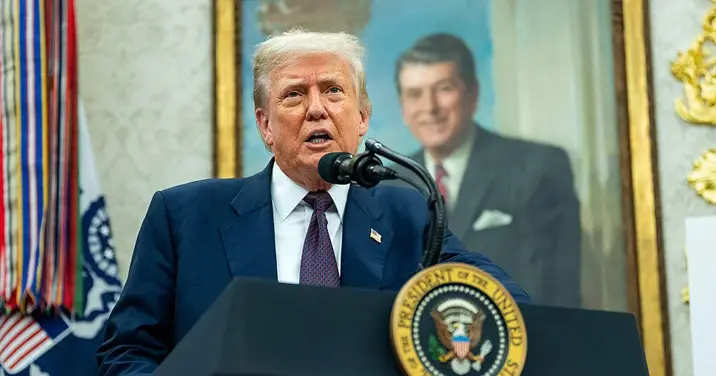
Trump to announce peace deal between Armenia and Azerbaijan
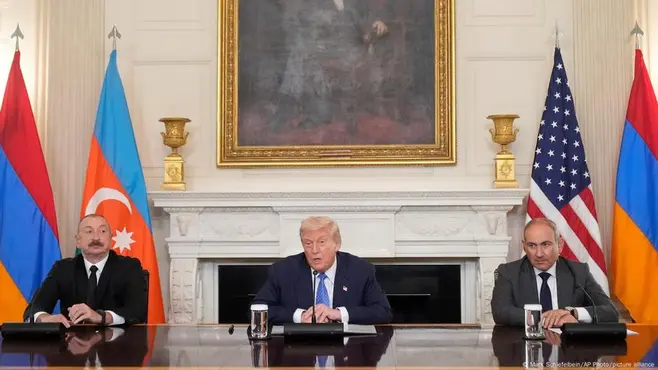
Caucasus peace deal signed
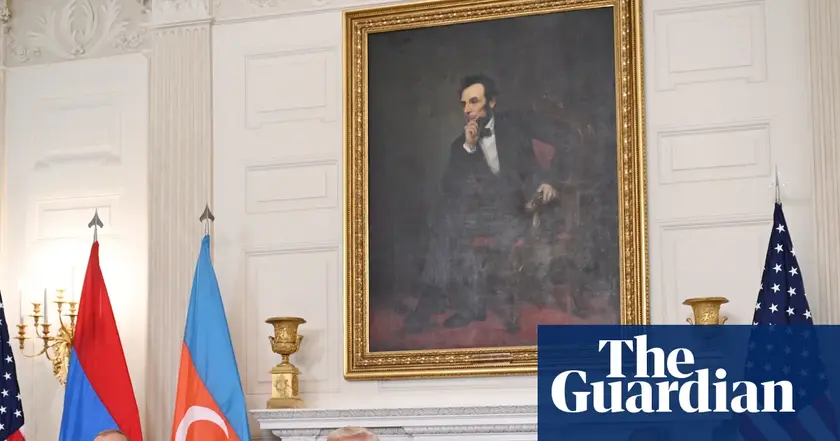
US corridor reshapes regional influence in Caucasus
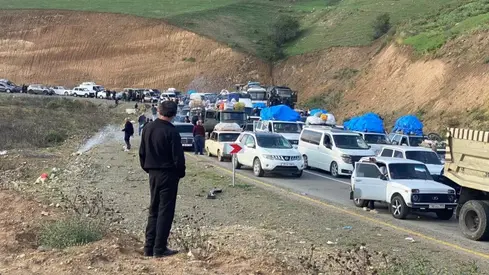
Trump Route linked to Caucasus peace talks
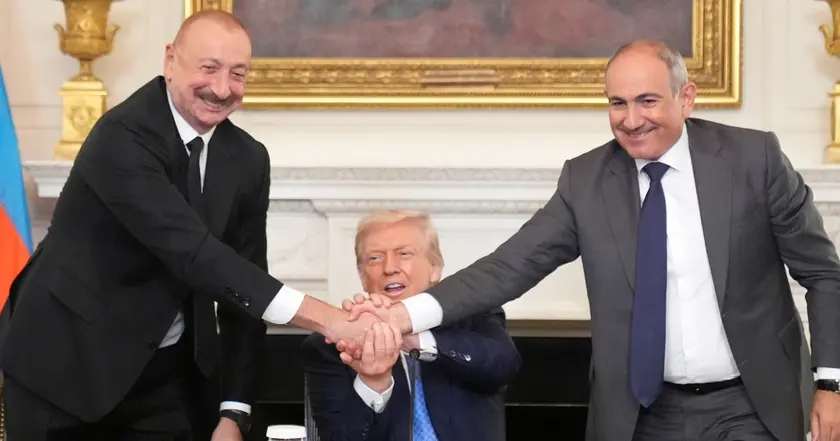
Peace deal signed at White House
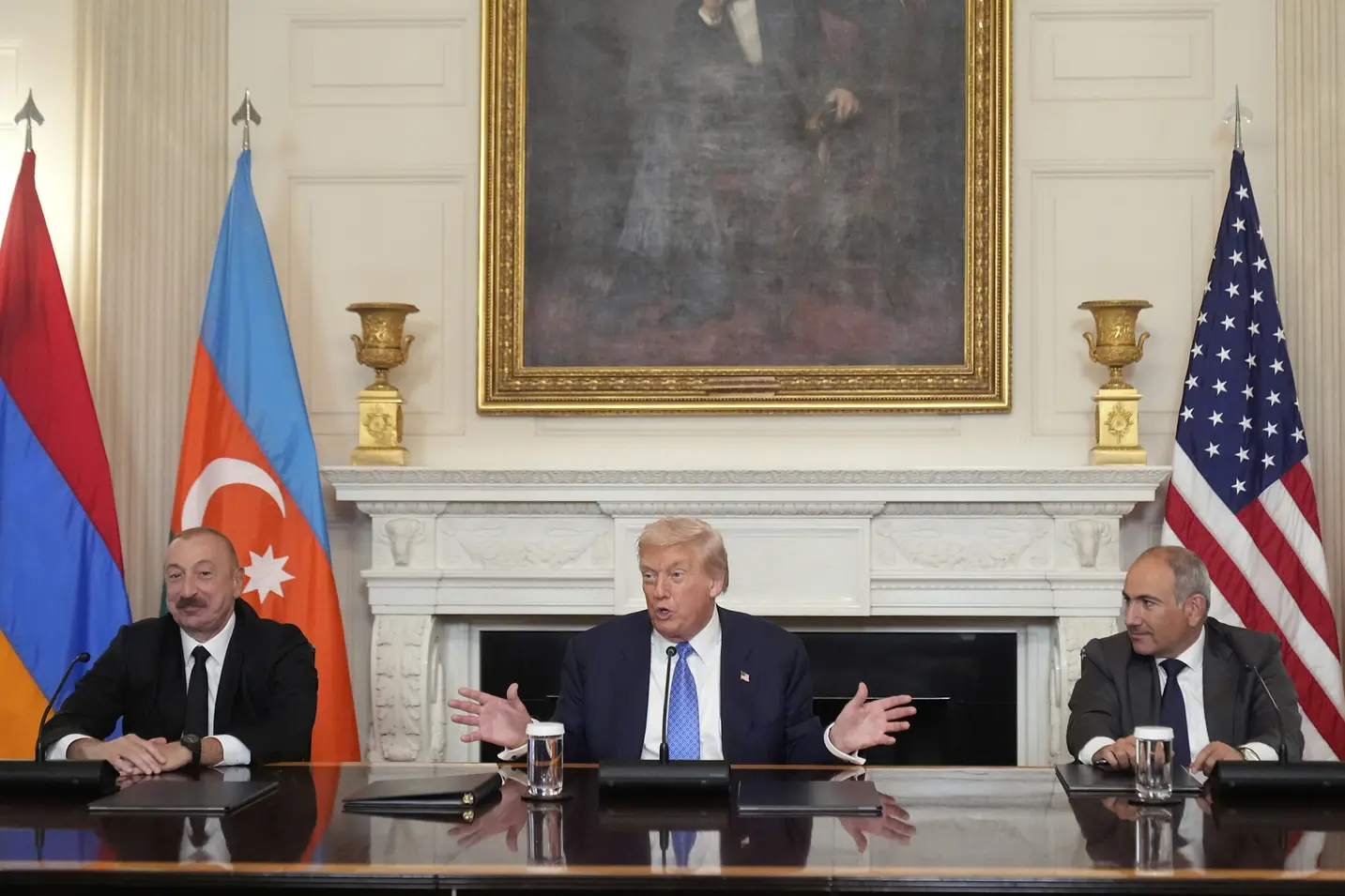
Iran threatens Trump corridor in peace deal
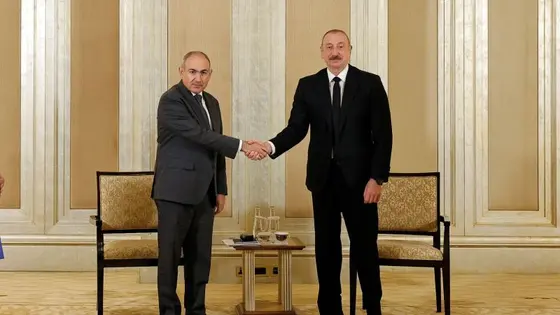
Trump pushes Armenia and Azerbaijan peace pact with US transit corridor
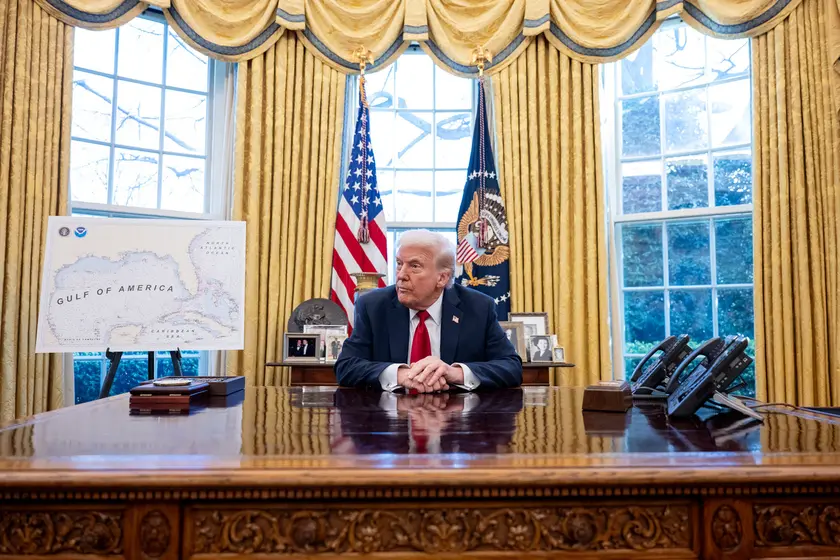
Historic Peace Summit Held for Armenia and Azerbaijan
